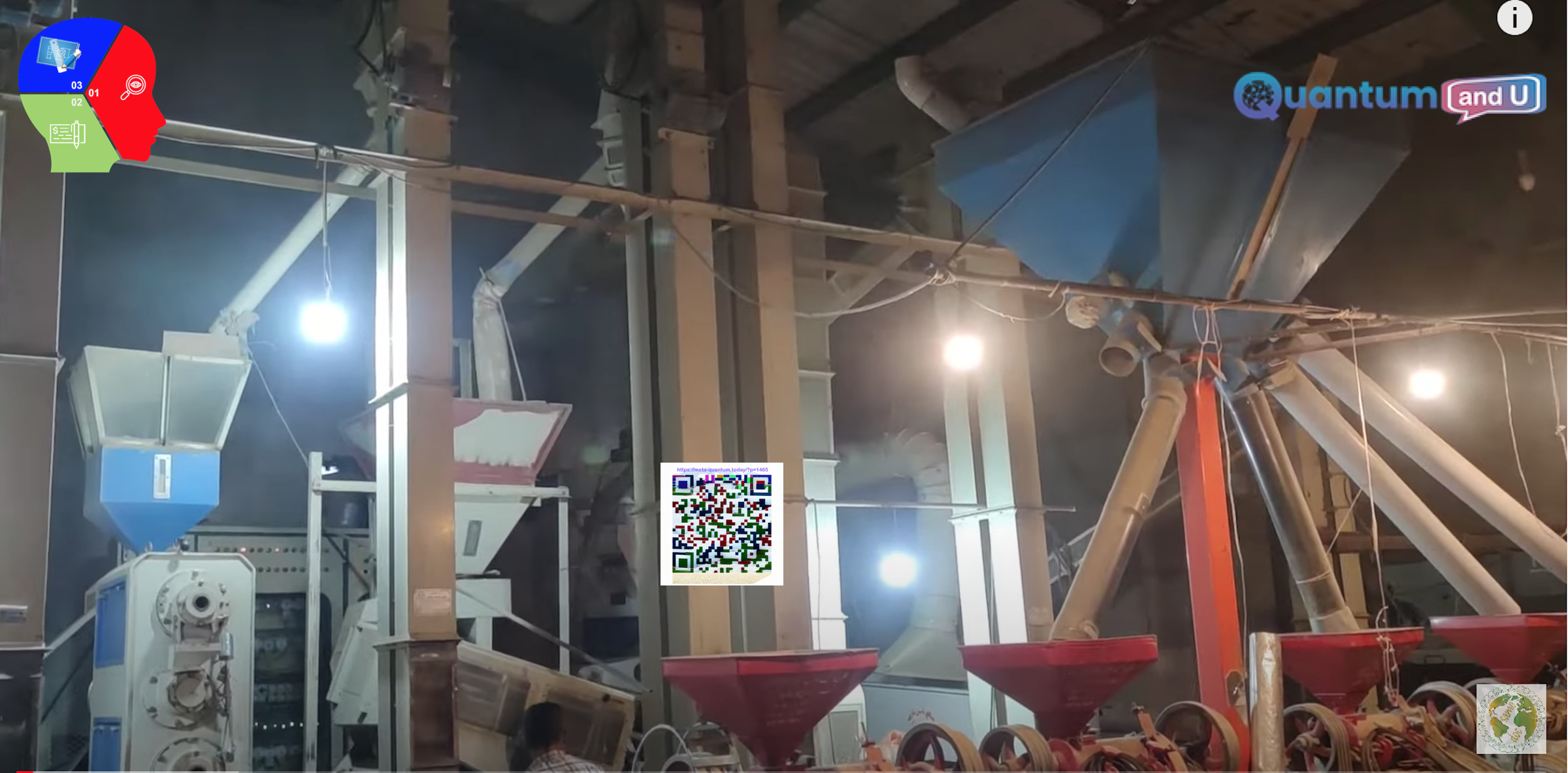
Introduction:
Today, we’re diving into the mesmerizing world of rice production by taking a behind-the-scenes look inside a modern rice factory.
The process of rice production inside a modern rice factory in Southeast Asia is essentially the same as described above, but there are some specific factors that are important to consider.
One important factor is the type of rice that is being milled. Southeast Asia is home to a wide variety of rice varieties, each with its own unique characteristics. Some varieties, such as jasmine rice and basmati rice, are known for their fragrant aroma and delicate flavor. Other varieties, such as glutinous rice, are used for making specific dishes such as sticky rice and rice cakes.
Another important factor is the climate in Southeast Asia. The region is generally hot and humid, which can create challenges for storing and transporting rice. Modern rice factories in Southeast Asia typically have sophisticated climate control systems in place to ensure that the rice is kept fresh and free from pests.
Rice Market in SEA:
The rice market in Southeast Asia is large and growing. In 2021, the region produced over 240 million tons of rice, accounting for about 30% of global production. The region is also a major exporter of rice, with exports totaling over 50 million tons in 2021.
The largest rice producers in Southeast Asia are Indonesia, Thailand, and Vietnam. These countries also account for the majority of rice exports from the region.
Other important rice producers in Southeast Asia include Cambodia, Laos, and Myanmar. These countries are primarily net importers of rice, but they are also increasing their production and exports.
The rice market in Southeast Asia is expected to continue to grow in the coming years. This is due to a number of factors, including population growth, rising incomes, and increasing urbanization.
The modern rice milling industry in Southeast Asia is playing an important role in meeting the growing demand for rice in the region. Modern rice factories are able to produce high-quality rice efficiently and cost-effectively. They are also able to meet the specific needs of different markets, such as the growing demand for premium rice varieties.
Related Sections:
- Harvesting and Drying: The journey begins in the rice paddy fields, where freshly harvested rice paddy bags await their transformation. But here’s the kicker – before milling can begin, these paddy bags need to be dried out. The narrator explains how special drying pools, equipped with engines and fans, work their magic, ensuring the paddy is moisture-free and ready for the next steps.
- Cleaning and Stone Removal: Once the rice paddy is dry, it’s time for a thorough cleaning. Dust and stubble are sifted out, and any stray stones are removed. This is crucial for ensuring the quality of the rice.
- Rice Peeling: Next up, we have the rice peeling machine. This machine skillfully removes the outer shell of the paddy, though not perfectly. Some unpeeled rice remains, which is addressed in the following step.
- Whitening: To achieve that beautiful white rice we all know and love, the inner shell of the rice undergoes whitening. This step brings us closer to the final product, with each pass making the rice whiter and more refined.
- Final Sifting: In the last leg of the process, the rice goes through a final sifting stage. This removes any small pieces of rice and bigger stones by using vibration. However, there might still be some broken rice left in the final product.
- Sorting (Not Shown): Unfortunately, the video doesn’t cover the sorting process, which is an essential step in achieving premium rice quality. Sorting would remove any remaining broken rice pieces.
Conclusion:
What a fascinating journey it’s been through the modern rice factory! From the harvest to the final product, we’ve seen the meticulous steps involved in rice production. Despite not showing the sorting process, we’ve gained valuable insights into how rice goes from the paddy fields to our tables.
Takeaway Key Points:
- Drying is a critical step to remove moisture from harvested rice.
- Cleaning and stone removal ensure the rice’s purity and quality.
- Rice peeling and whitening gradually transform the rice into its familiar white form.
- The final sifting stage helps eliminate impurities, but some broken rice may remain.
- Sorting is a crucial step not covered in the video but essential for premium rice.
Additional info:
Packaging
Once the rice has been finished, it is packaged in bags or other containers for sale. The packaging may include information about the rice, such as the variety, milling degree, and country of origin.
In addition to the above steps, some modern rice factories also have additional processes in place, such as:
- Mist polishing: This process uses a fine mist of water to remove any remaining bran particles and give the rice a glossy finish.
- Enrichment: This process adds vitamins and minerals to the rice, making it more nutritious.
- Parboiling: This process involves soaking the paddy in hot water and then steaming it. This makes the rice grains harder and less likely to break during milling.
Parboiled rice is also more nutritious than white rice because the parboiling process drives the nutrients from the bran layer into the endosperm (the starchy part of the grain).
The modern rice milling process is highly efficient and produces a high-quality product. It is also relatively environmentally friendly, as the husk and bran can be used to produce other products, such as animal feed and fertilizer.


